Experience: Labor Camps
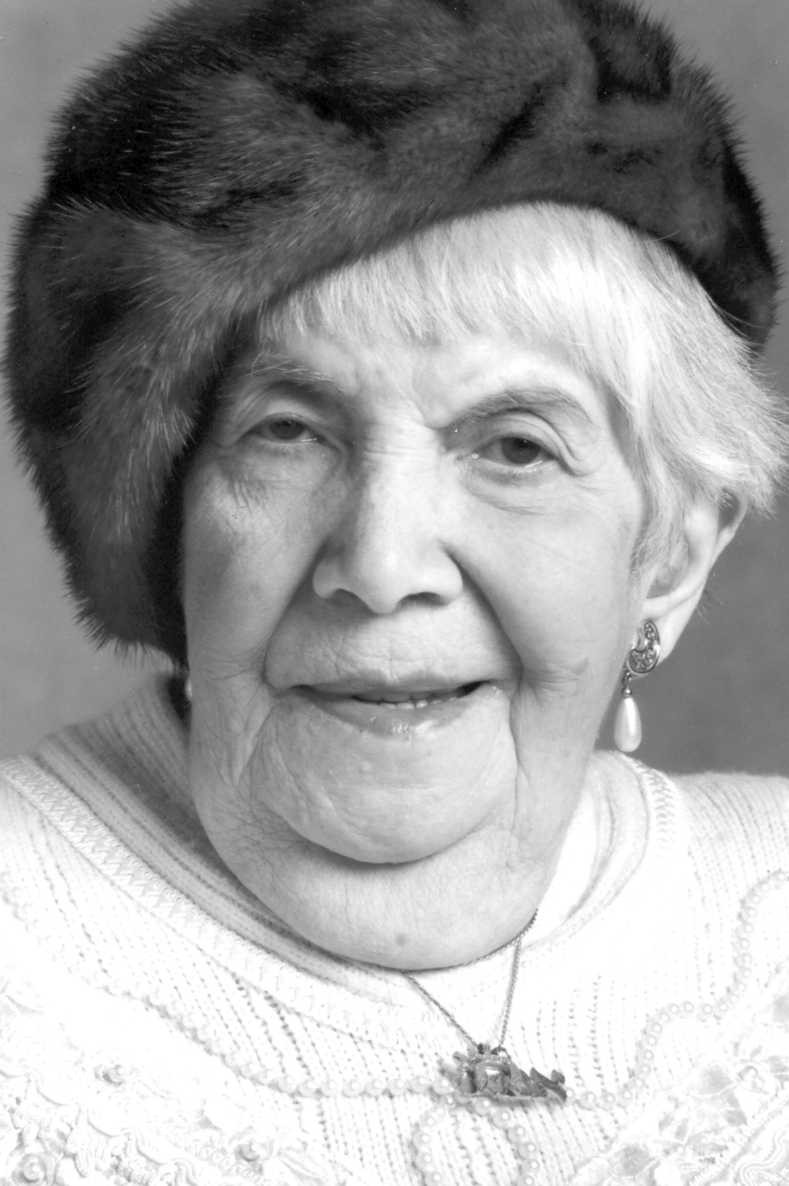
|
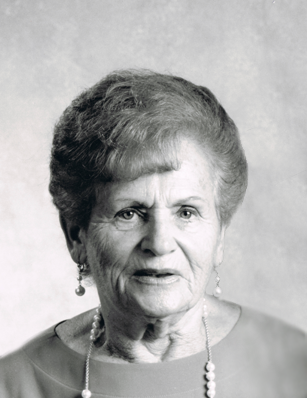
|
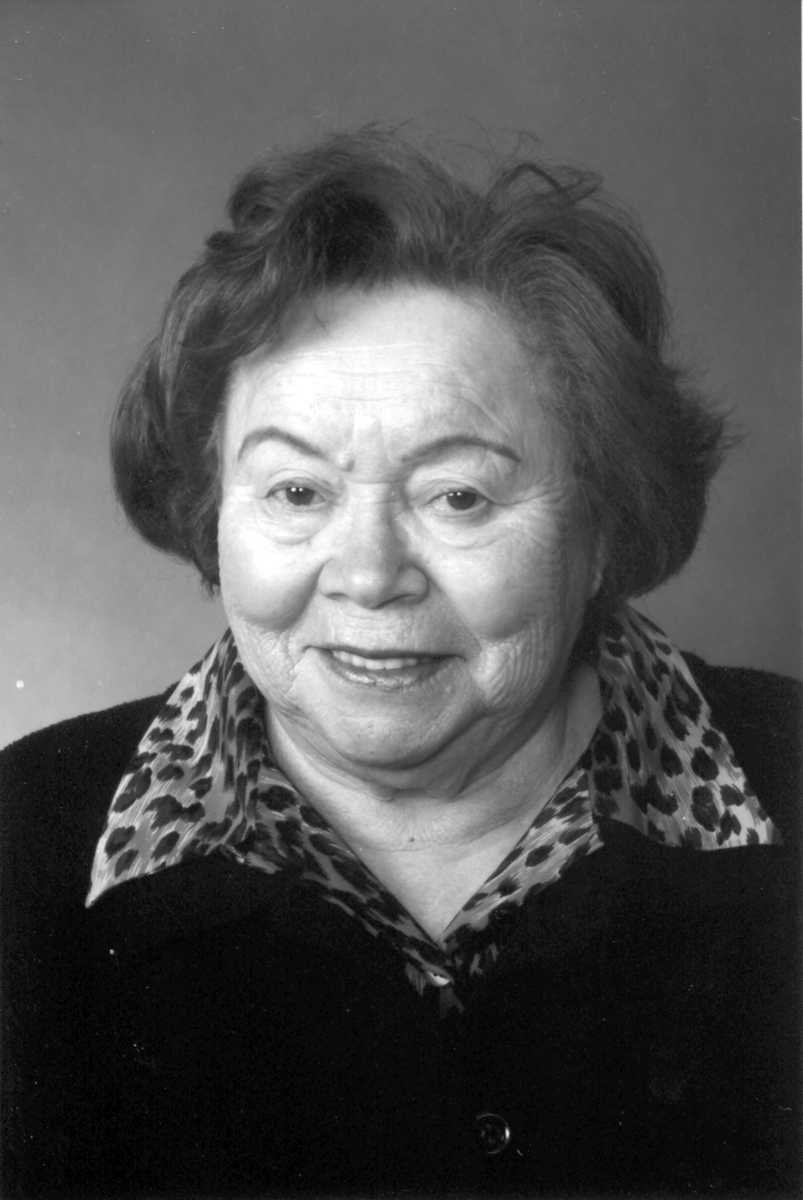
|
|
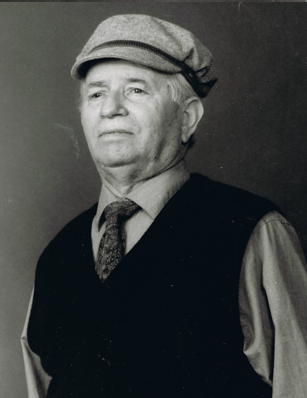
|
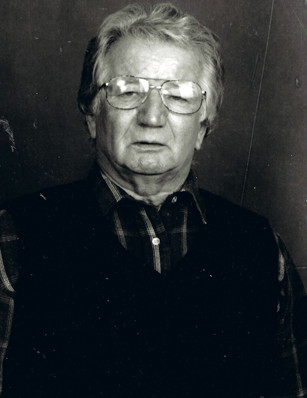
|
|
|
|
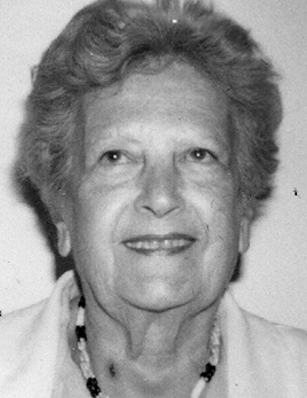
|
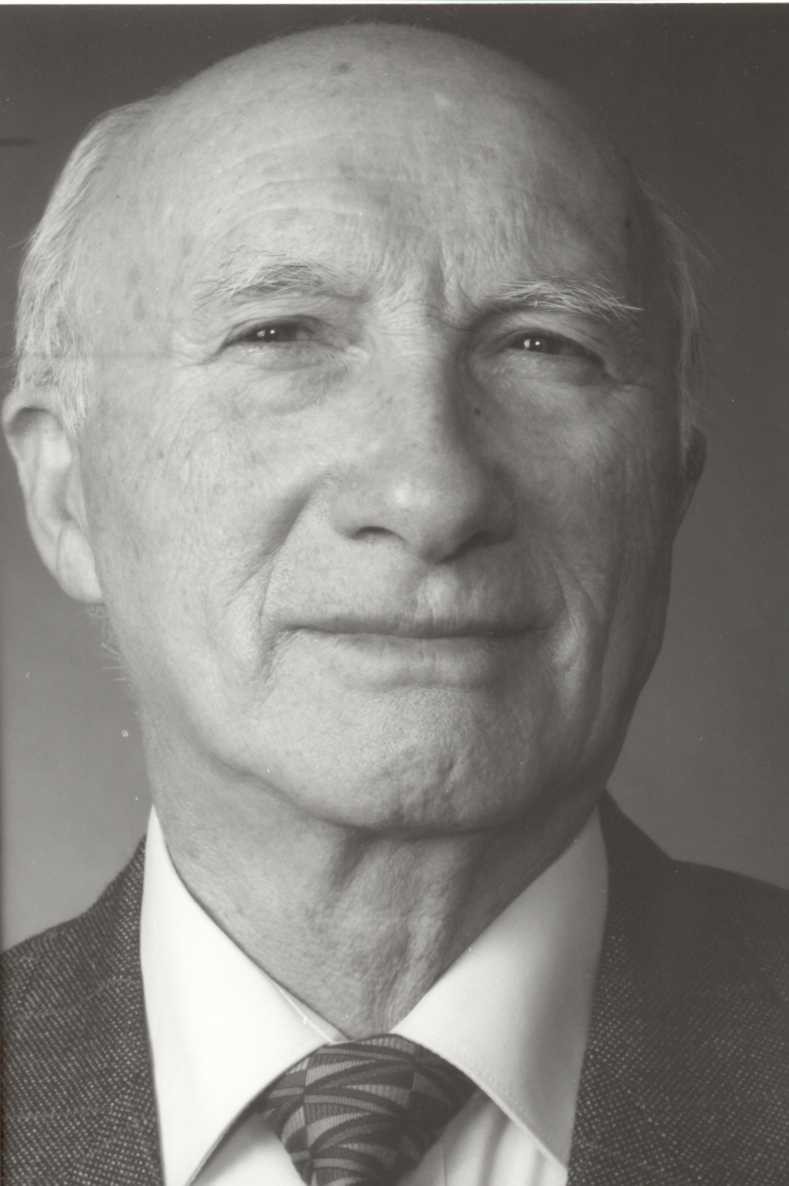
|
|
|
|
|
|
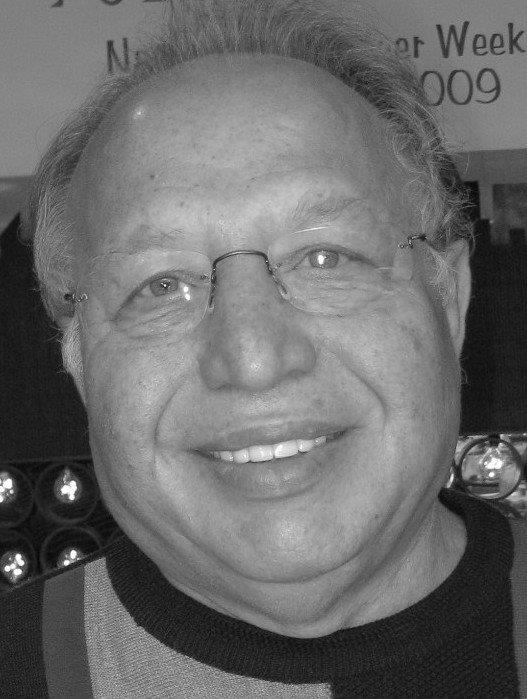
|
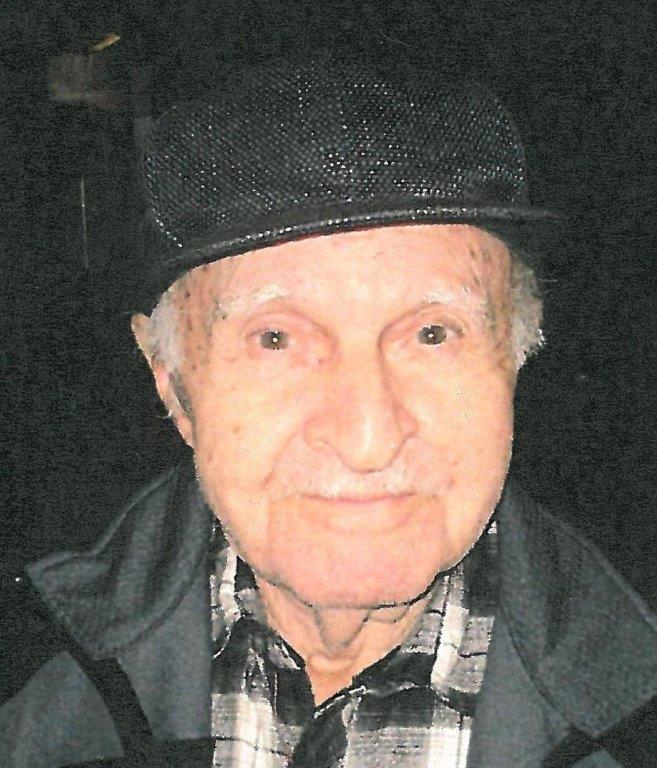
|
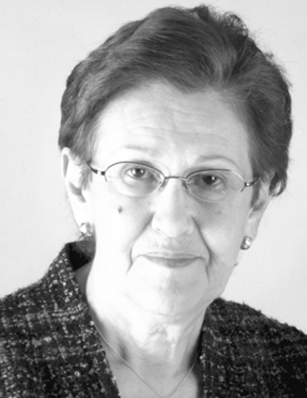
|
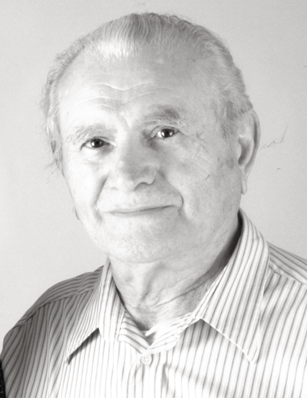
|
|
|
|
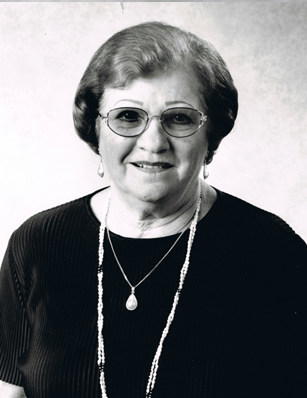
|
|
|
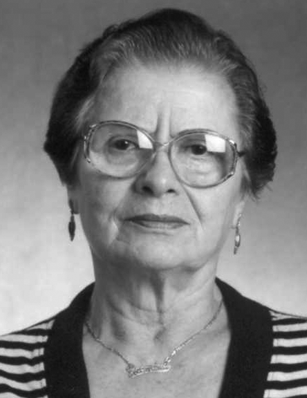
|
|
|
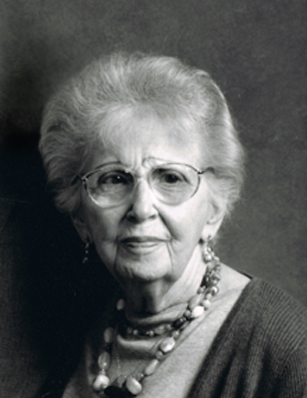
|

|
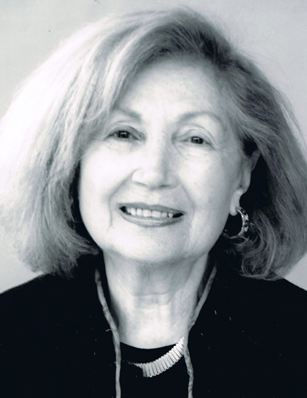
|
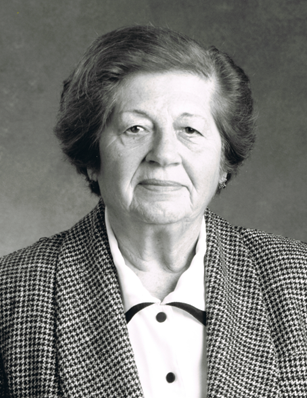
|
|
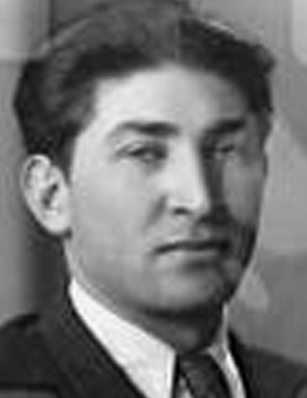
|
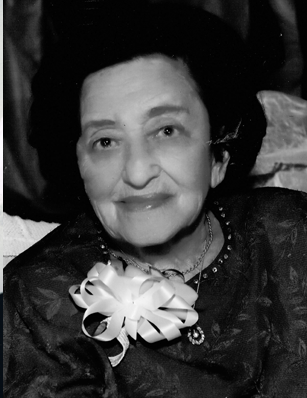
|
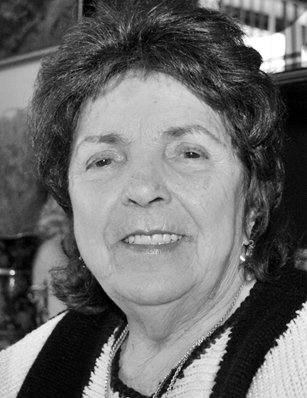
|
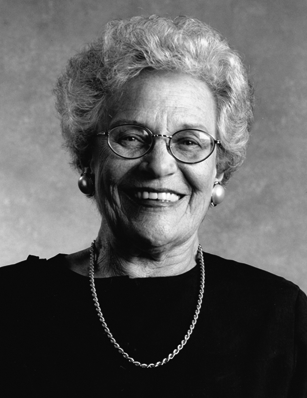
|
|
|
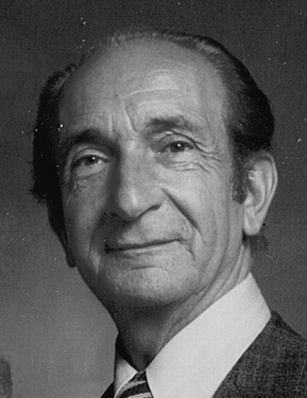
|
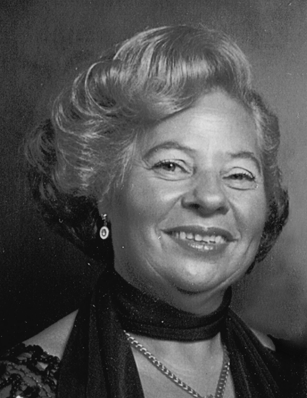
|
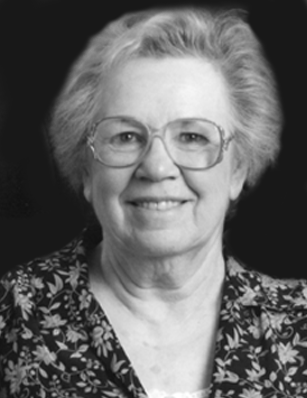
|
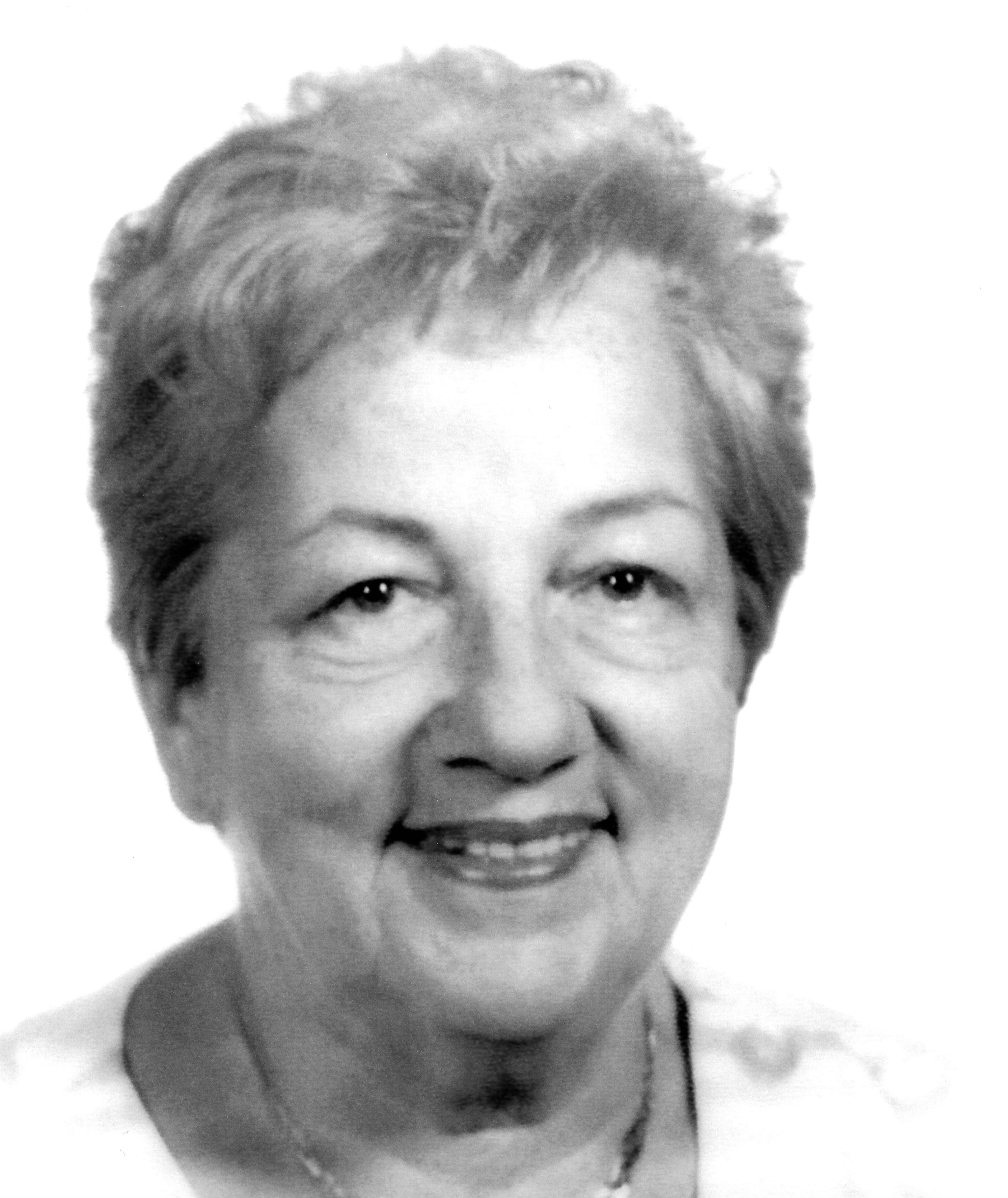
|
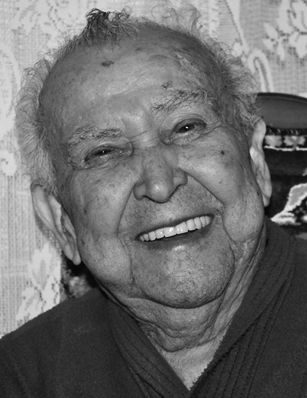
|
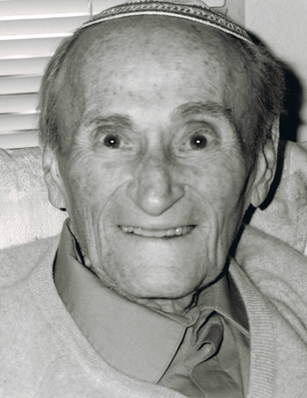
|
|
|
|
|
|
|
|
|
|
|
|
|
|
|
|
|
|
|
|
|
|
|
|
|
|
|
|
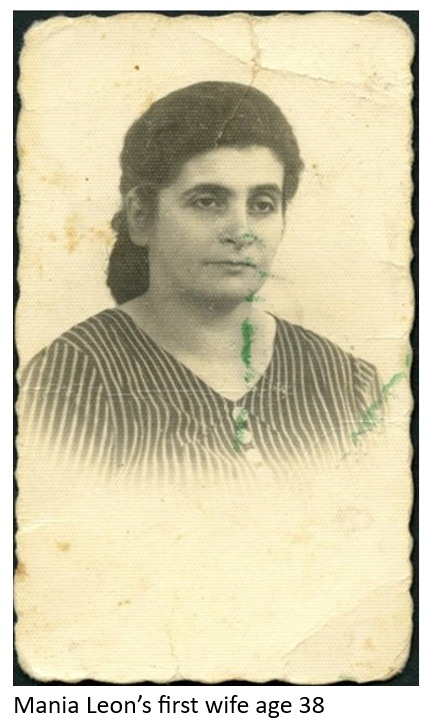
|
|
|
|
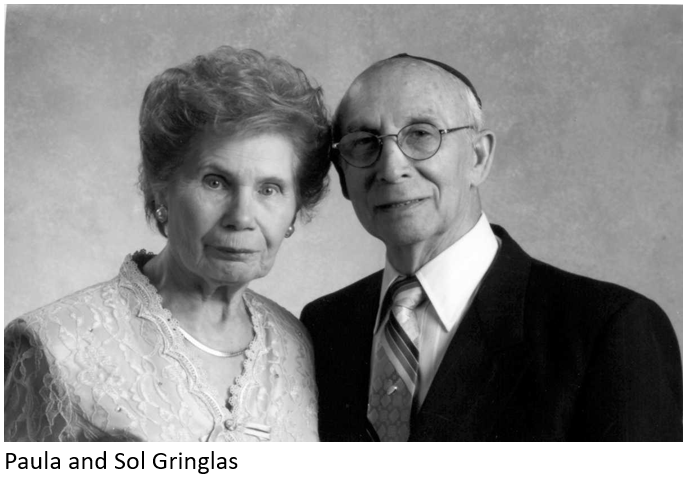
|
|
|
|
|
|
|

|
|
|
|
|
|
|
|
|
|
|
|
|
|
|
|
|
|
|
|
|
|
|
|
|
|
|
|
|
|
|
|
|
|
|
|

|
|
|
|
|
|
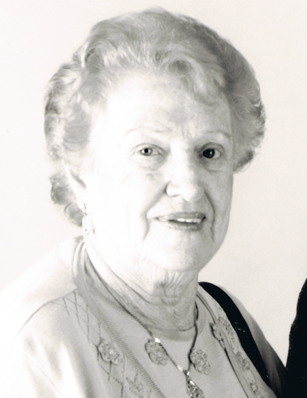
|
|
|
|
|
|
|
|
|
|
|
|
|
|
|
|
|
|
|

|
|
|
|
|
|
|
|
|
|
|
|
|
|
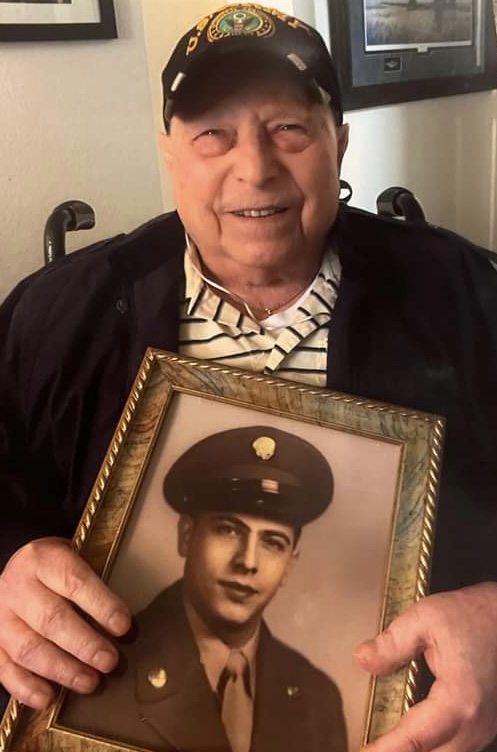
|
|
|
|
|
|
|
|
|
|
|
|
|
|
|
|
|
|
|
|
|
|
|
|
|
|
|
|
|
|
|
|
|
|
|
|
|
|
|
|
|
|
|
|
|
|
|
|
|
|
|
|
|
|
|
|
|
|
|
|
|
|
|
|
|
|
|
|
|
|
|
|
|
|
|
|
|
|
|
|
|
|
|
|
|
|
|
|
|
|
|
|
|
|
|
|
|
|
|
|
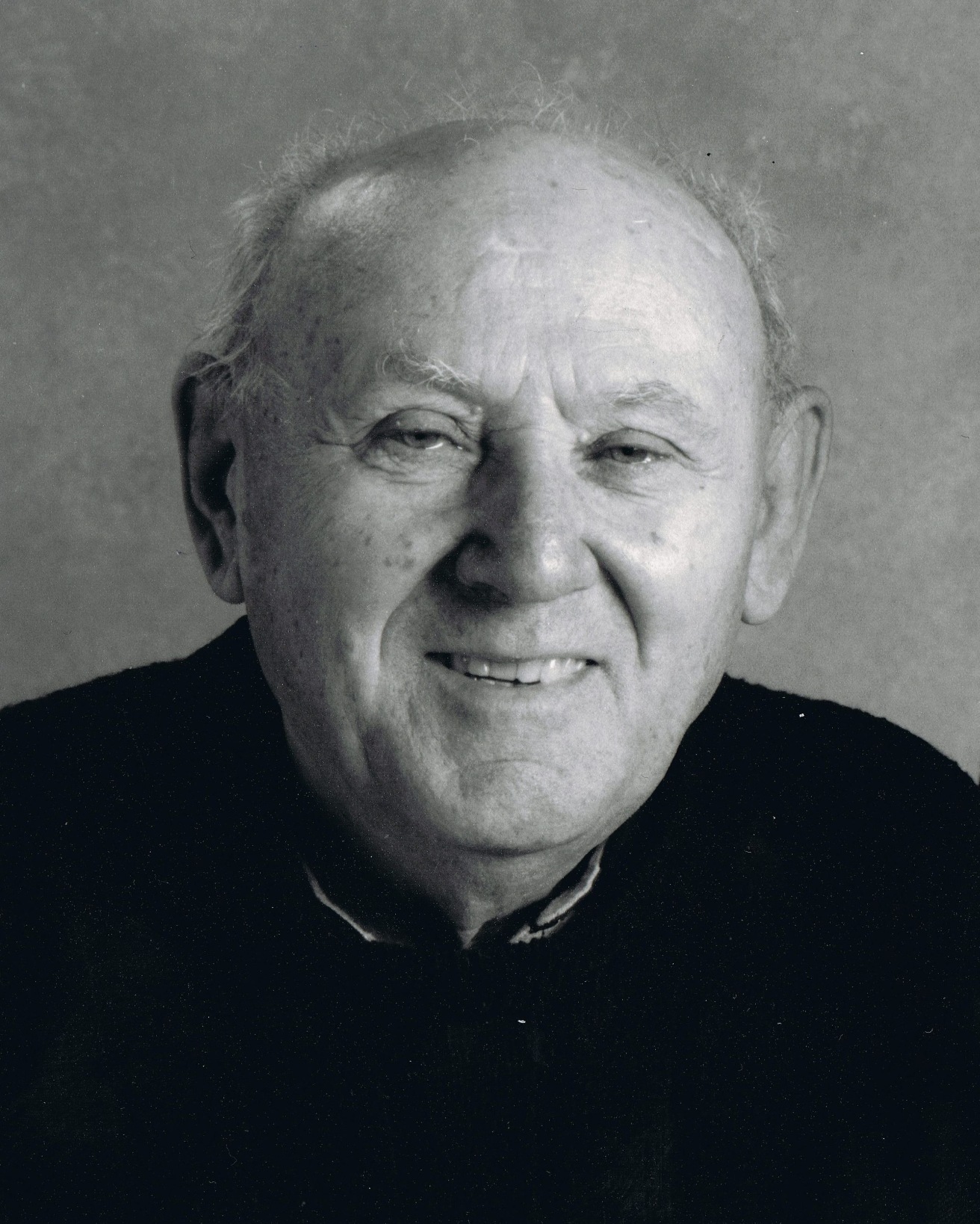
|
|
|
|

|
|
|
|
|
|
|
|
|
|
|
|
|
|
|
|
|
|
|
|
|
|
|
|
|
|
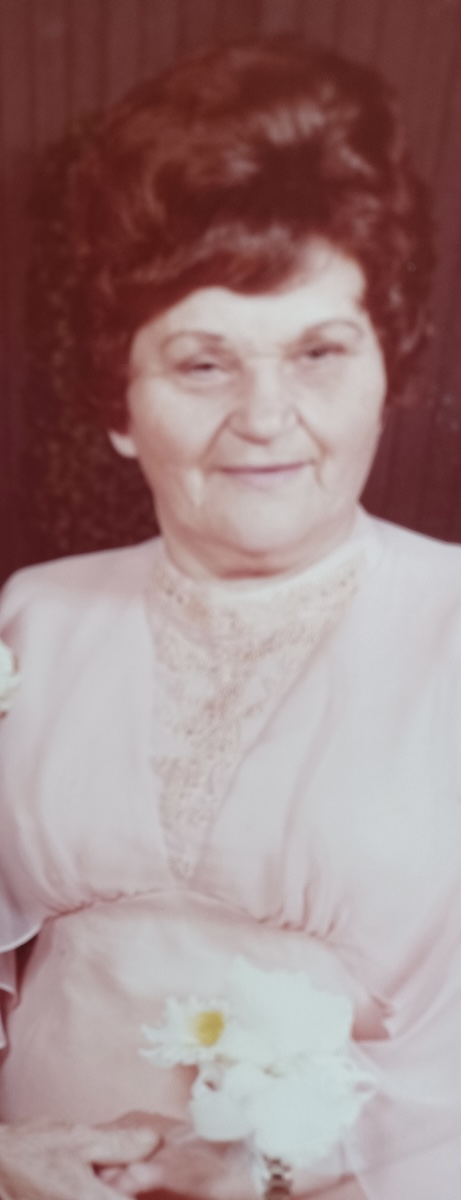
|
|
|
|
|
|
|
|
|
|
|
|
|
|
|
|
|
|
|
|
|
|
|
|
|
|
|
|

|
|
|
|
|
|
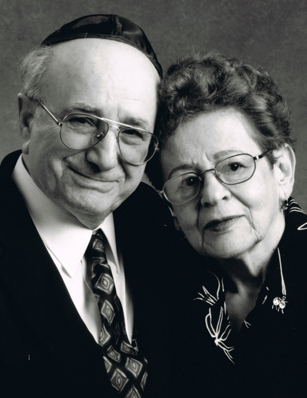
|
|
|
|
|
|
|
|
|
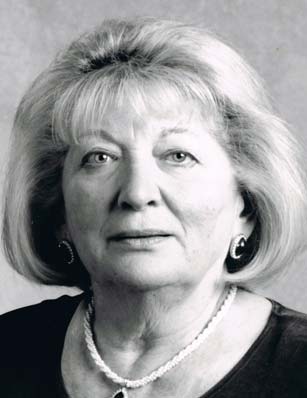
|
|
|
|

|
“The Nazis subjected millions of people (both Jews and other victim groups) to forced labor under brutal conditions. From the establishment of the first Nazi concentration camps and detention facilities in the winter of 1933, forced labor -- often pointless and humiliating, and imposed without proper equipment, clothing, nourishment, or rest -- formed a core part of the concentration camp regimen.
‘Even before the war began, the Nazis imposed forced labor on Jewish civilians, both inside and outside concentration camps. As early as 1937, the Nazis increasingly exploited the forced labor of so-called "enemies of the state" for economic gain and to meet desperate labor shortages. By the end of that year, most Jewish males residing in Germany were required to perform forced labor for various government agencies.
“When Germany conquered Poland in the autumn of 1939 and established the Generalgouvernement, the German occupation authorities required all Jewish and Polish males to perform unpaid forced labor. The German authorities required Polish Jews to live in ghettos and deployed them at forced labor, much of it manual. For example, in the Lodz ghetto, German state and private entrepreneurs established 96 plants and factories that produced goods for the German war effort. Forced-labor practices escalated in the spring of 1942, following changes in the administration of concentration camps.
“For Jews, the ability to work often meant the potential to survive after the Nazis began to implement the "Final Solution," the plan to murder all of European Jewry. Jews deemed physically unable to work were often the first to be shot or deported.
“The Nazis also pursued a conscious policy of "annihilation through work," under which certain categories of prisoners were literally worked to death; in this policy, camp prisoners were forced to work under conditions that would directly and deliberately lead to illness, injury, and death. For example, at the Mauthausen concentration camp, emaciated prisoners were forced to run up 186 steps out of a stone quarry while carrying heavy boulders.
“Following the German invasion of the Soviet Union in June 1941, the Germans allowed millions of Soviet prisoners of war (POWs) to die through a deliberate policy of neglect (insufficient food, clothing, shelter, or medical care). However, in the spring of 1942, the German authorities also began to deploy Soviet POWs at forced labor in various war-related industries. From 1942-1944, the Germans deported nearly three million Soviet citizens to Germany, Austria, and Bohemia-Moravia as forced laborers.
“At the end of the war, millions of non-German displaced persons were left in Germany, including some tens of thousands of Jews who had survived the "Final Solution," victims of Nazi policies of deportation for forced labor.”
United States Holocaust Memorial Museum
Accessed on July 22, 2011
Beit Lohamei Haghettaot
United States Holocaust Memorial Museum
United States Holocaust Memorial Museum
Accessed on July 22, 2011
— United States Holocaust Memorial Museum
Accessed on July 22, 2011
— Federation Nationale des Deportes et Internes Resistants et Patriots
United States Holocaust Memorial Museum
Accessed on July 22, 2011
— Magyar Nemzeti Muzeum Torteneti Fenykeptar
United States Holocaust Memorial Museum
Accessed on July 22, 2011
— Federation Nationale des Deportes et Internes Resistants et Patriots
United States Holocaust Memorial Museum
Accessed on July 22, 2011
Contact us
thank you!
Your application is successfuly submited. We will contact you as soon as possible
thank you!
Your application is successfuly submited. Check your inbox for future updates.